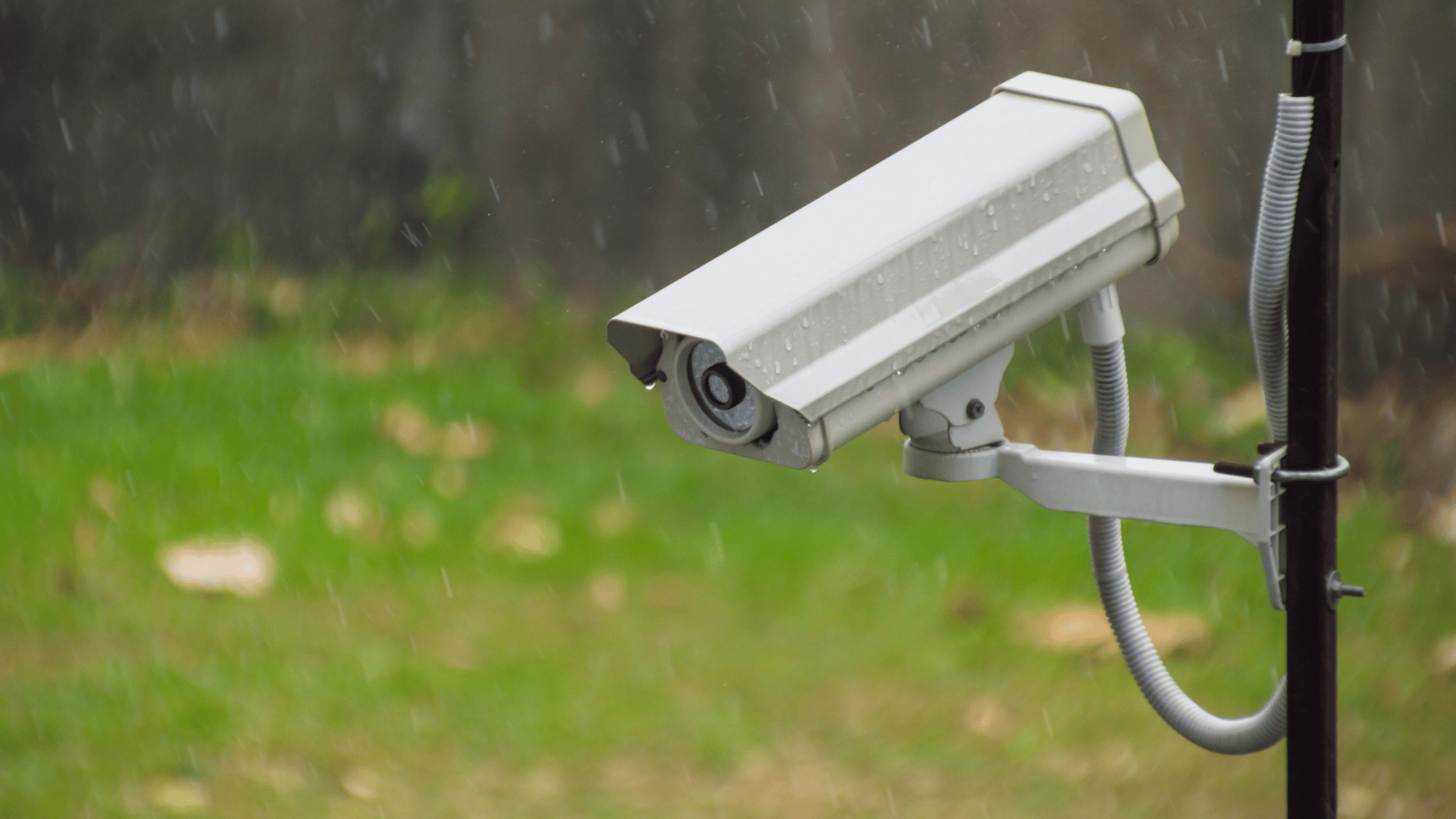Hurricane Idalia is projected to hit Florida on Wednesday at Category 3 strength, causing officials to close schools, order evacuations, and halt all flight activity in the days leading up to it. Florida is no stranger to life-threatening storms, but scientists have reported that all areas of the world are beginning to experience more natural disasters as a consequence of the changing climate. As the frequency of natural disasters go up, so does the risk of security camera system failure. However, we can improve the reliability of video monitoring even during natural disasters with the use of cloud-based surveillance systems.
The Impact of Natural Disasters
Natural disasters can cause extensive physical damage to security camera systems, increasing their risk of malfunctioning or failure. Strong winds can lodge debris into ports, knock cameras out of position, or even rip out connecting cables. Floodwaters can submerge cameras and recorders, leading to water damage and electrical issues. Excessive heat or cold temperatures can degrade performance and shorten the lifespan of electrical devices. Security equipment can be crushed by falling debris or collapsing buildings while fires can reduce monitoring systems to ashes.
Damages to any component of the security camera system threatens the performance and reliability of the whole infrastructure. If the recording device is negatively affected, valuable video footage may be lost forever. Footage may not even be recorded at all if security cameras are impacted or cables are disconnected. Even after the natural disaster passes, problems could still persist. Replacing a security camera system that was damaged by a natural disaster could require an extensive installation process, leading to more downtime and more exposure to vulnerabilities.
Monitoring With Cloud-Based Surveillance Systems
We can’t stop natural disasters from occurring, but we can take steps to ensure that our security camera systems stay running during and after they happen. One solution would be to use cloud-based surveillance systems. Unlike analog or IP security camera systems, cloud-based systems don’t store video footage in an on-site recording device. Instead, recordings captured by the cameras are automatically uploaded to an online cloud platform. Storing footage in a cloud is advantageous because the data will always be saved there whereas footage kept on a physical recorder is at risk of being lost if the recorder is stolen or damaged. Not only that, even if your cameras go down due to a natural disaster, all of the footage that they previously recorded will still be available in the cloud.
Another benefit of using a cloud-based surveillance system is that they use less cables so their ability to record is less likely to be affected by a natural disaster. In an analog security system, each camera has to be connected to a power source and a recording device to send footage to. IP camera systems that use PoE have less cables because each camera can be powered and connected to the recorder with one cable, but they also require the recorder to be connected to the modem/router. The complex cable connections involved in these traditional systems are disadvantageous because if one cable is damaged or disconnected, the whole system is affected. If a camera loses its power source, it also loses the ability to record footage. If a camera loses its connection to the recorder, the recorder won’t be able to receive the video data or store it. Cloud-based surveillance systems only require the cameras to be plugged into a power source so footage will be recorded and kept as long as they’re powered on and connected to the internet.
Since there’s less hardware involved in a cloud-based surveillance system, they’re a lot easier to replace if they’ve been damaged by a natural disaster. Traditional security systems would require you to install new cameras, new recorders, configure cabling between all the devices, and set up network connection if you have an IP system. This could take an extended amount of time, leaving you without a functioning security system. With a cloud-based system, you’d only have to plug in the new cameras and connect them to the online cloud. This means less expenses, less effort, and less time that you’re without protection.
Improve Reliability With IFOVEA
Cloud-based surveillance systems offer better reliability and protection, even during natural disasters. IFOVEA is a cloud video management software (VMS) that we offer at 2M Technology that will allow you to transition from using a traditional security system to one that is cloud-based. IFOVEA can be used with any existing IP camera so you won’t have to spend hundreds to thousands of dollars on replacing your whole system. Monthly plans start as low as $2.99 per camera and there’s no contract involved so you can cancel at any time.
To get started, contact our sales team to subscribe to a monthly IFOVEA plan. If you don’t have cameras yet, we can help you select the right fit. After signing up, we will walk you through a simple process to connect your cameras to the cloud platform. Making the change to a cloud-based surveillance system is really that easy so don’t wait and contact a security expert now at sales@2mtechnology.net or +1 (214) 988-4302!

